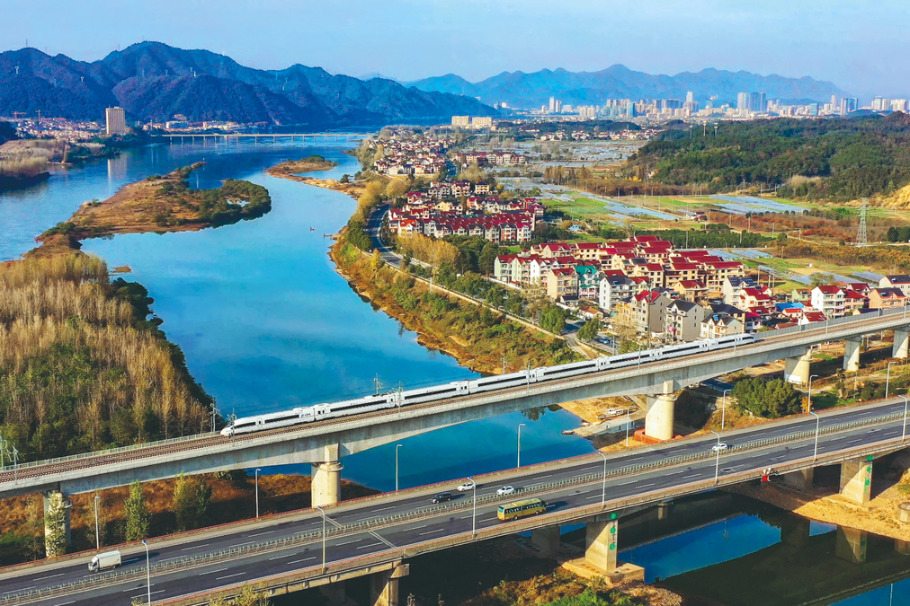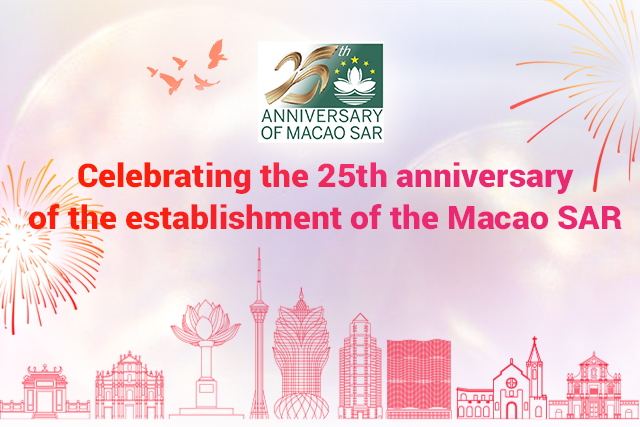Rock-hard puzzle for castle enthusiast
By Wang Xu | China Daily | Updated: 2022-04-30 15:09

The quakes also rocked the 500-year-old castle, causing roof tiles and decorative ornaments to fall off. Its stone walls crumbled or completely collapsed. While the castle had withstood many earthquakes in the past with minor structural damage, it was soon discovered that two of the castle's keeps had partially collapsed.
At the time, the Kumamoto municipal government said it will take the best part of 20 years to restore the whole castle complex. However, in June 2021, the main tower of Kumamoto Castle reopened.
'Jigsaw puzzle'
The main tower now serves as an exhibition center to provide information on the extensive quake damage and its repair work. The top floor of the six-story tower offers a view of the entire park and the land where Wang's 'jigsaw puzzle' is progressing.
"Some may consider it a bamboozling job," said Wang, referring to the complicated process of putting the stones back together with accuracy and repairing the wraparound walls," but I was besotted. There is an emotional tie to this functional beauty made by wood and stone. It is like fate and I like that."
Moving to Japan in 2002 as an elementary school student, Wang recalled the first castle he visited there and fell in love with. His father had taken him on a series of driving trips around the coast and into the forested interior of Hyogo Prefecture when, suddenly, a pure white castle appeared on the mountaintop in front of them.
"It was a kind of architecture with aspects I had never seen before," said Wang. "Its size and scale blew me away. The huge walls gave no indication of what you would find inside. Every part of it was designed to reveal itself in stages. It was like unwrapping a treasure map."
Wang was talking about Himeji, another of the three premier castles of Japan.
Nicknamed "Castle of the White Heron",Himeji Castle became Japan's first-ever UNESCO World Heritage Site in 1993 due to its largely intact condition. With origins dating back to 1333, the castle had survived multiple disasters and atrocities throughout its 700-year history, including World War II and the 1995 Great Hanshin Earthquake.
Himeji Castle, together with its host city, appears modest compared to the metropolises of Osaka and Kyoto, the ancient capital of Japan, the latter being less than an hour's train ride away. But when it comes to history-its rise and fall through the centuries and its stories and legends-Himeji is anything but inferior.
It is said that there used to be more than 20,000 castles in Japan and most of them were built during the country's Warring States Period (1467-1568) when regional Samurai lords fought each other for power. The castles were built for two main purposes: to guard strategic sites such as ports, river crossings or crossroads; and to display a Samurai lord's power and wealth.
In its military function, the castle and the grounds were fortified with myriad defenses and the main keep of the castle was used to store food and weapons in case of a prolonged battle.
























